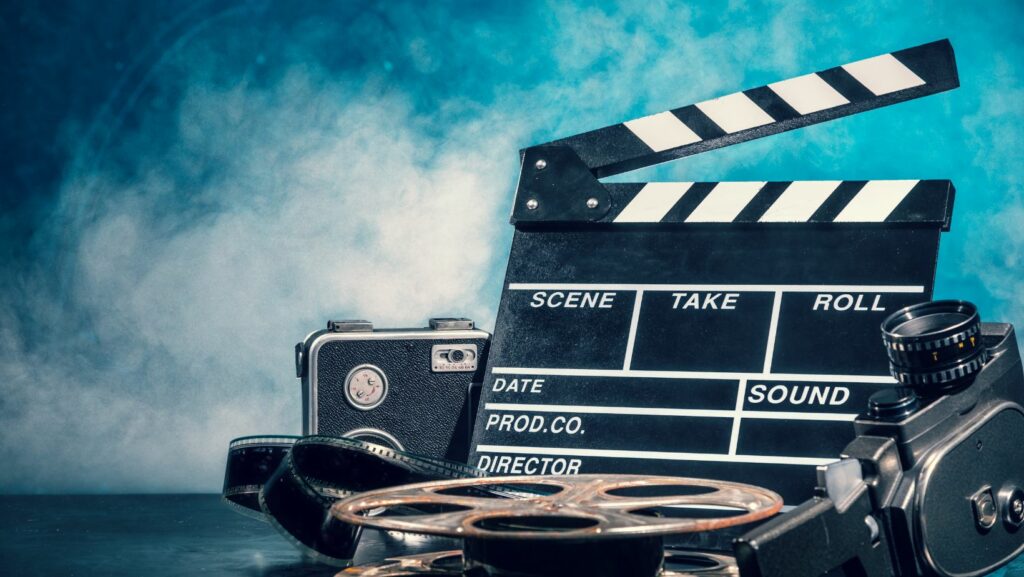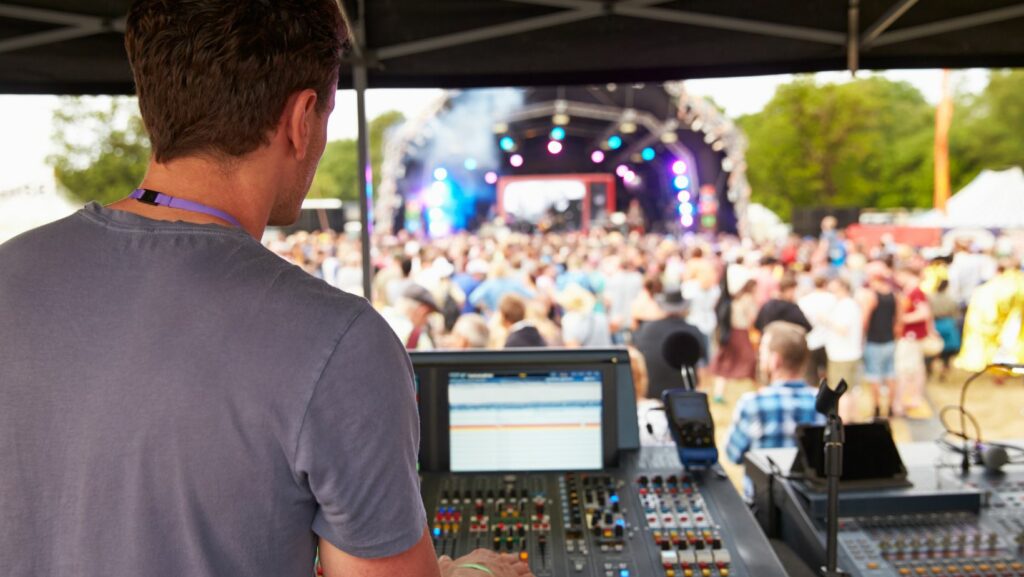In the ever-evolving world of filmmaking, sound has played a pivotal role in transforming the cinematic experience. From the silent era’s exaggerated gestures to the sophisticated soundscapes of modern blockbusters, sound has revolutionized how stories are told on screen. It serves as an invisible yet powerful force that enhances emotions, builds tension, and immerses audiences in the narrative.
As technology advanced, sound continued to shape the filmmaking landscape, influencing genres and inspiring new techniques. Its ability to evoke emotion and create atmosphere underscores its integral role in the art of cinema, making sound an indispensable element in the evolution of filmmaking.
How Does Sound Contributed To The Evolution Of Filmmaking

Sound transformed filmmaking, reshaping how various genres developed and were experienced by audiences. Different genres leveraged sound uniquely, enhancing narrative depth and emotional resonance.
Musical Films
Sound redefined musical films. The genre blossomed with synchronized sound’s arrival, which integrated dialogue and song seamlessly. Productions like “The Broadway Melody” (1929) showcased this synergy, combining narrative and musical numbers to captivate audiences. Nature sounds, orchestration, and vocal performances became genre staples, creating immersive worlds.
Horror and Thriller Films
Sound plays a critical role in horror and thrillers, crafting tension and atmosphere. Through strategic use of silence and sudden bursts of noise, films like “Psycho” (1960) intensified suspense. Sound effects such as creaks and whispers heighten fear, while dissonant scores unsettle viewers. This auditory manipulation enhances the emotional impact, making these films particularly effective.
Dialogue-Driven Dramas

Sound revolutionized dialogue-driven dramas by enabling nuanced character interactions. In films like “Casablanca” (1942), spoken words convey complex emotions and incentives. Expressive dialogues augment character development and plot intricacy. Background scores and ambient sound contribute to setting tone and mood, enriching the storytelling experience in these narratives.
Technological Advancements in Sound
Technological advancements in sound significantly impacted filmmaking, enhancing realism and immersion.
Surround Sound Systems
Surround sound systems transform the audio experience in cinemas. By distributing audio across multiple speakers, they create a dynamic sound environment that immerses the audience. Pioneered in the 1970s with films like “Star Wars,” this technology generates spatial audio effects, bringing greater depth to action sequences and environmental sounds. Surround sound revolutionizes how audiences experience film, engaging them through 360-degree soundscapes.
Digital Sound Editing
Digital sound editing introduces precision and versatility in post-production. Editors manipulate audio tracks with software, achieving seamless integration of dialogue, sound effects, and music. This evolution allows filmmakers to create highly polished and intricate soundscapes, enhancing narrative detail and emotional impact. With technologies like Dolby Atmos, digital sound editing broadens creative possibilities, elevating sound design as a critical component in storytelling.

Influential Soundtracks and Composers
Soundtracks and composers have played a pivotal role in shaping the evolution of filmmaking. Not only do they enhance storytelling, but they also create powerful emotional connections with audiences, demonstrating how sound contributed to the evolution of filmmaking.
Iconic Film Scores
Iconic film scores remain memorable long after the credits roll. John Williams, known for his work on “Star Wars” and “Jurassic Park,” crafted themes that defined cinematic moments. His compositions use orchestral arrangements to evoke emotions and set the tone for entire film franchises. Similarly, Hans Zimmer’s score for “Inception” introduced innovative soundscapes, blending electronic elements for dramatic effect. These scores exemplify how music can enhance narrative depth and emotional engagement.
Pioneering Sound Designers
Pioneering sound designers have transformed how audiences experience films. Ben Burtt, renowned for his work on “Star Wars,” revolutionized the industry with his inventive sound creation techniques. He developed unique audio elements like the distinctive lightsaber hum and Darth Vader’s ominous breathing.
Sound has undeniably transformed the filmmaking landscape, evolving from a mere accompaniment to a pivotal storytelling tool. Its integration has enriched narratives, deepened emotional expressions, and expanded genre possibilities, fundamentally altering how stories are told on screen. Technological advancements have further enhanced sound’s role, offering filmmakers endless creative opportunities to craft immersive cinematic experiences. As sound continues to evolve, its impact on the art of cinema remains profound, ensuring that it will always be an essential element in the evolution of filmmaking.



